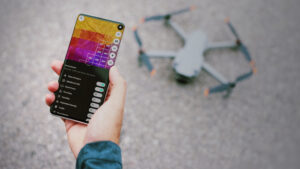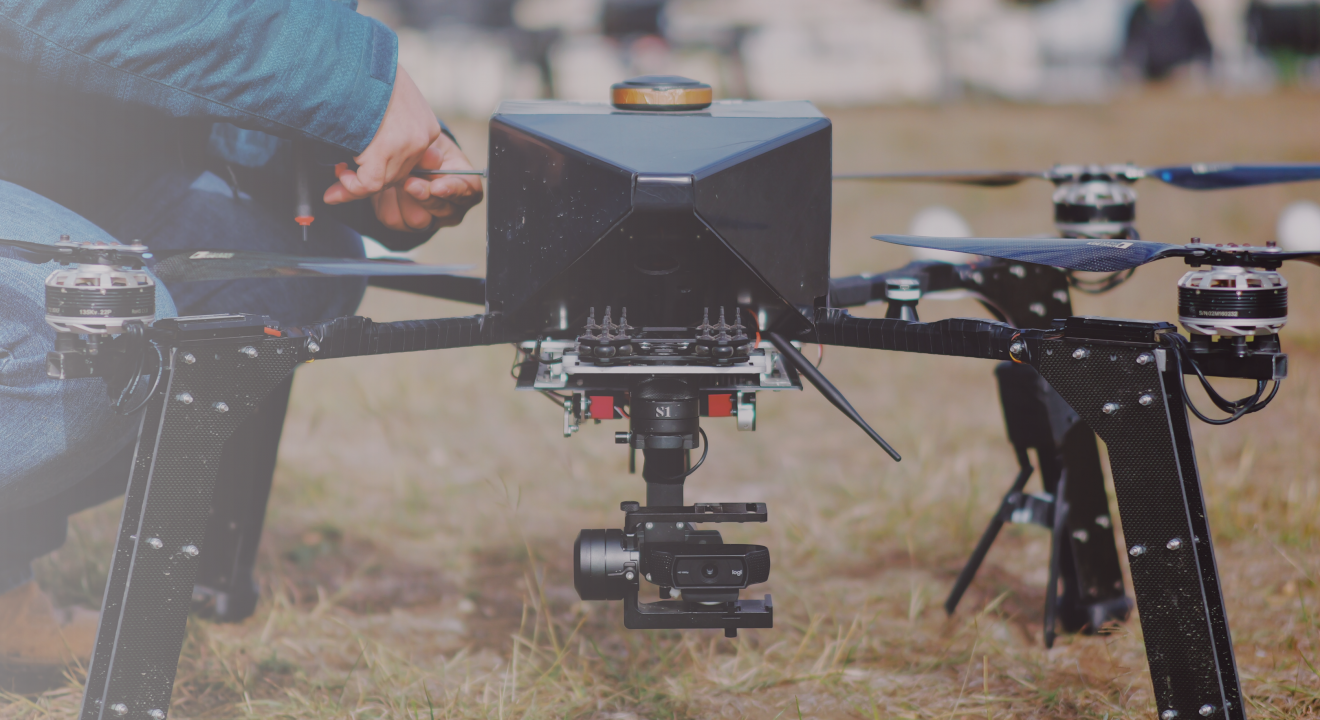The Federal Aviation Administration (FAA) recently projected that the number of commercial UAS vehicles could reach 835,000 by 2025 – a dramatic expansion compared to current numbers. However, as the technology behind UAVs continues to advance and their popularity in commercial and military applications increases so does the potential for malicious actors to exploit them.
With the emergence of new technologies, such as autonomous flight capabilities, UAVs are vulnerable to a variety of cyberattacks. This blog will explore the factors that make UAVs vulnerable to cyberattacks, the potential impacts of such attacks, and methods for mitigating the risk.
Exploring the Threat of Cybersecurity and Drones
The vulnerability of UAVs to cyberattacks is mainly due to their reliance on wireless communications and their tendency to be operated from a distance. As such, they are more susceptible to interception, spoofing, and hijacking by malicious actors. In addition, the data transmitted between UAVs and their operators can be intercepted and used to gain access to sensitive information or networks. The potential impact of drone-based cyberattacks is far-reaching, as they can be used to disrupt operations and cause significant financial losses, making it a growing concern in both commercial and military applications.
Factors Contributing to the Growing Drone Threat
The primary factors that contribute to the growing drone threat include:
- The increasing sophistication of UAV technology: With the continued advancement of UAV technology, malicious actors have more opportunities for target acquisition and exploitation.
- Low cost and high mobility: UAVs are attractive due to their relatively low cost and high mobility.
- Lack of awareness: Many users lack knowledge or awareness of the potential security threats posed by UAVs.
- Inadequate security measures: Many UAV systems lack adequate security measures such as encryption or authentication protocols.
Potential Impact of Drone-Based Cyberattacks
The potential impacts of drone-based cyber attacks can range from data theft and disruption of services to physical damage or injury. Malicious actors may use drones to gain access to sensitive data or disrupt operations by interfering with communications or navigation systems. Additionally, physical damage or injury may occur due to a drone weaponized with explosives or other hazardous materials.
How to Mitigate the Risk of Drone-Based Cybersecurity Attacks
In order to mitigate the risks associated with drone-based cybersecurity attacks, organizations should establish procedures for detecting and responding to drone activity, as well as utilize counter-UAS technologies and comprehensive cybersecurity solutions.
1. Establishing Procedures
Organizations should establish protocols for detecting and responding to drone-related activities. This includes establishing an appropriate response plan for responding to a possible attack as well as training personnel on how to recognize suspicious activity or threats associated with drone usage. Additionally, organizations should ensure that all personnel involved in monitoring drones are aware of their responsibilities when it comes to reporting any suspicious activity that is observed.
2. Utilizing Counter-UAS Technologies
Organizations can also utilize counter-UAS technologies in order to detect and disrupt malicious drones before they can cause any harm. These technologies can include radar systems that detect drones in the area or specialized jamming devices that can disrupt a drone’s communication link with its operator.
3. Adopting Comprehensive Cybersecurity Solutions
Organizations should also adopt comprehensive cybersecurity solutions that can detect malicious activity on their networks and prevent it from making its way onto their drones or executing on their computer systems. AI-powered cybersecurity solutions can be used to detect malicious activity on edge, allowing organizations to quickly detect any potential threats and take steps to mitigate them before they become an issue.
A “defense in depth” strategy used in conjunction with machine learning technologies can offer a multitude of levels of safety. Unlike conventional anti-malware techniques, which continue to rely on signatures of recognized threats, intelligent cybersecurity alternatives provide more advanced airborne protection. The AI-powered cybersecurity solution from SkyGrid combines revolutionary machine-learning algorithms and a tiered defense technique instead of well-known signatures, biases, or other antiquated regulation methods to identify potential threats. In addition to shielding drones against possible attacks, DeepArmor’s monitoring engine uses cutting-edge classifiers to anticipate zero-day attacks, inevitably boosting defense.
Conclusion
As the use of UAVs continues to increase, so does the potential risk posed by malicious actors exploiting them for their own gain. Organizations should be aware of the factors that contribute to this threat and take proactive steps toward mitigating it. This can be achieved by establishing procedures for detecting and responding to drone activity, utilizing counter-UAS technologies, and adopting comprehensive cybersecurity solutions. By doing so, organizations can reduce their risk from cyberattacks associated with UAVs and ensure that their operations are secure from malicious threats.
SkyGrid, is taking this new, intelligent approach to security by employing AI to detect and prevent cyberattacks from impacting a drone, a payload, or a ground station. Discover more by visiting us today!


